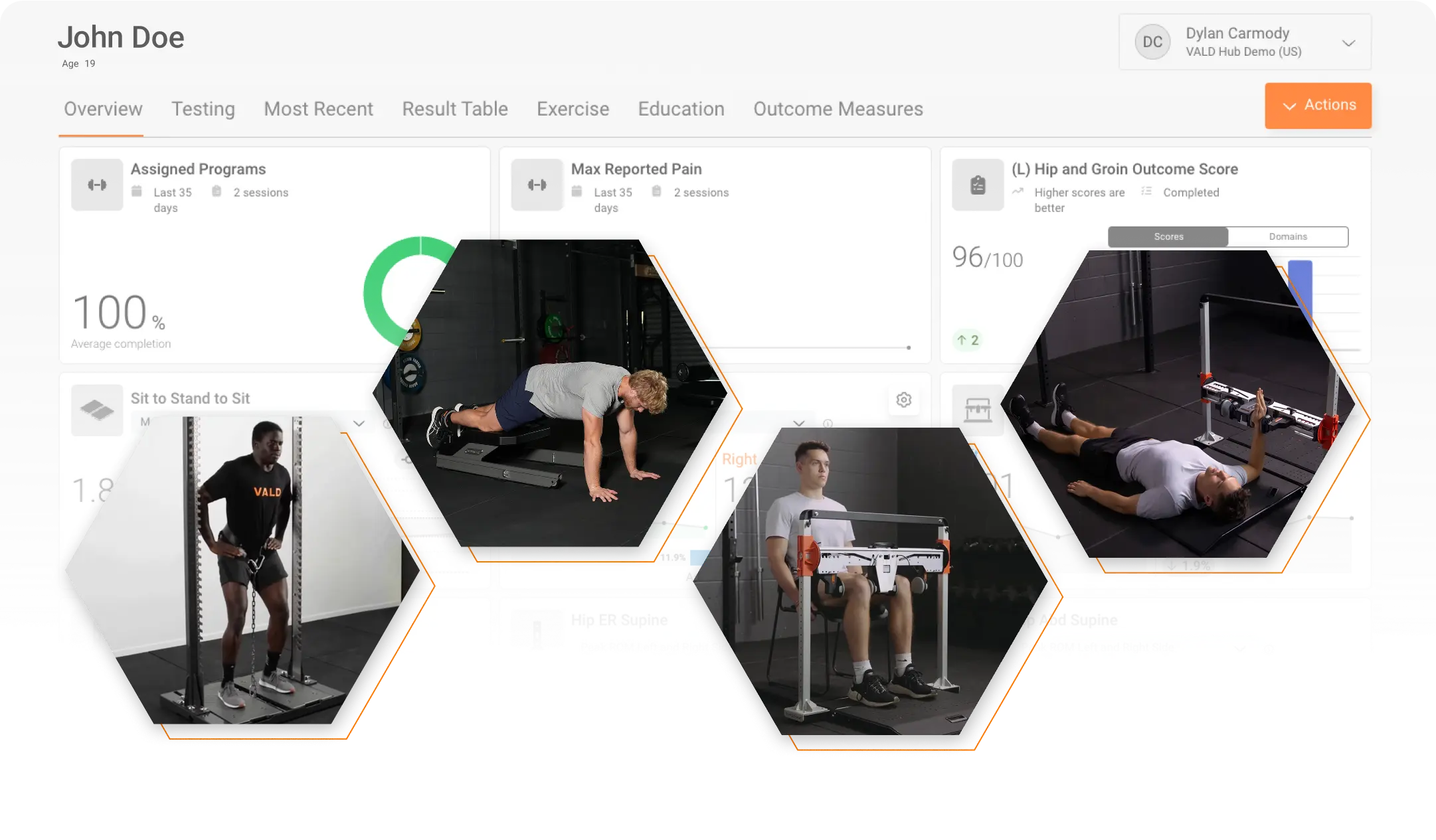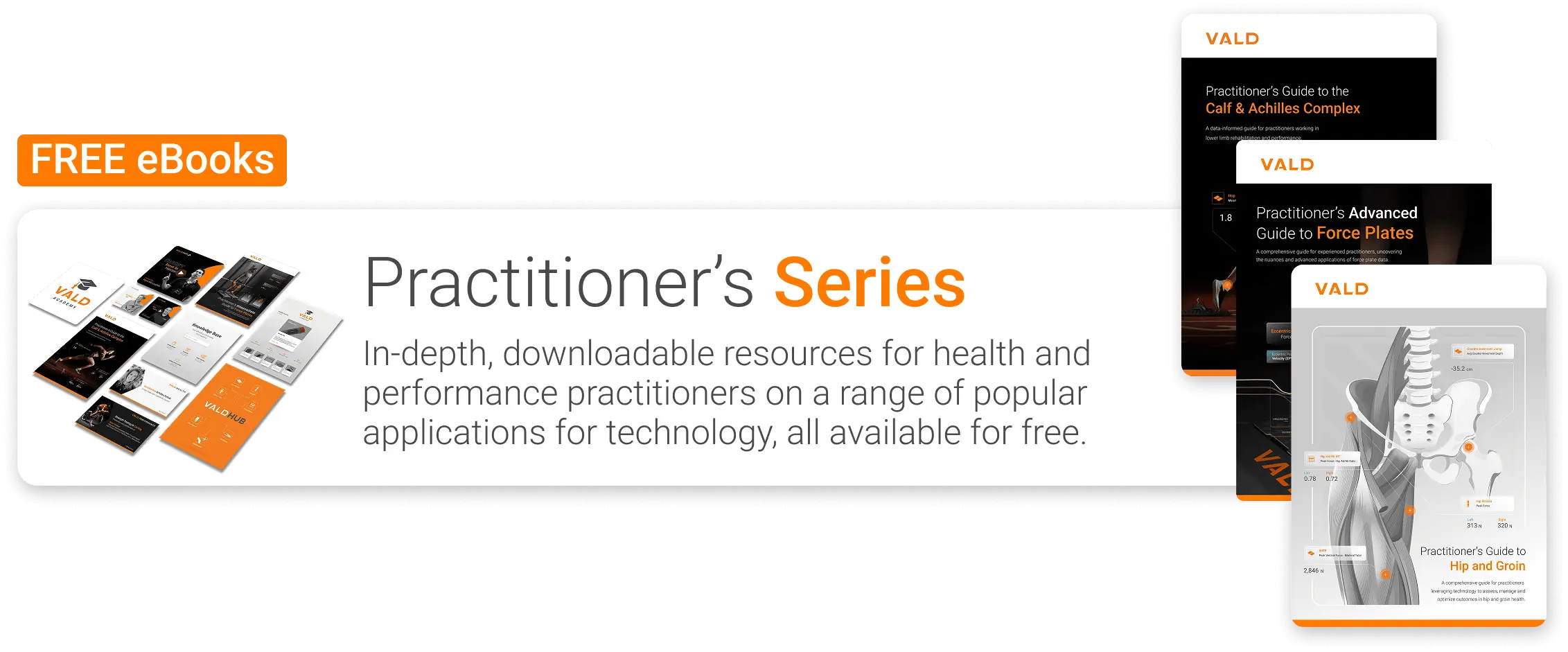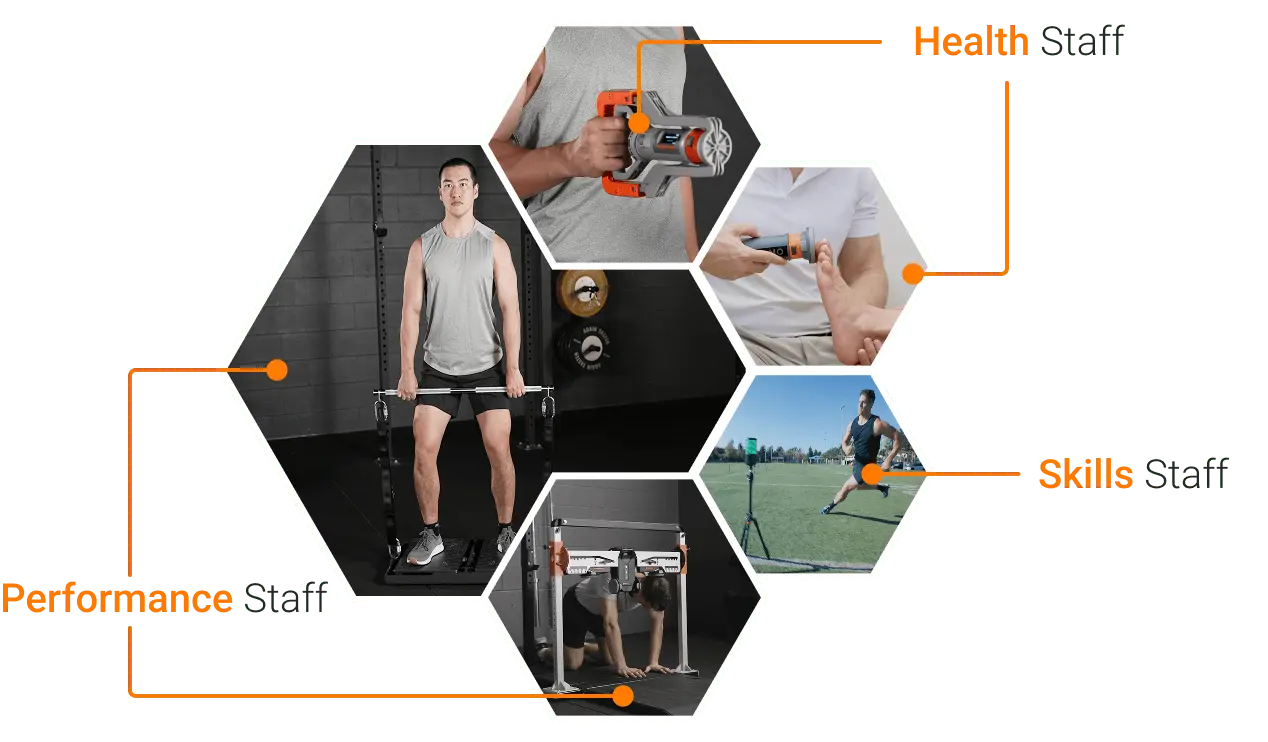Navigating a New Role in Sport Performance
Available in:
EN
About the Author
Sean Baker is the national performance lead at Lacrosse Australia, strength and conditioning coach at Adelaide United and owner of PEAQ, a private high-performance center based in Adelaide, South Australia. He holds an ASCA Elite Level 3 accreditation and a master’s degree in Exercise Science.
He has worked across a wide range of elite sporting environments, including Australian rules football, cricket, lacrosse, basketball and now, world football.
Whether you are a coach who has completed years of study and internships in the hope of landing your first full-time position or a seasoned practitioner stepping into a new role, there are a range of considerations for navigating this journey.
A common challenge in these situations is being expected to deliver 15 or more “individualized programs” right away – often in a new and unfamiliar environment.
To establish a strong foundation and set yourself up for success, focus first on these three priorities:
- Context! Context! Context!
- Objective Data
- Address Performance Problems
Three key considerations for practitioners looking to excel in new roles.
Context! Context! Context!
The importance of context cannot be overstated. It can be the difference between helping your athletes thrive or setting them back. More than that, it can determine whether you gain the buy-in necessary to make a meaningful impact on the group you are leading.
Practitioner educating on improved jump performance from real-time feedback in the ForceDecks iOS app.
The most important question you should be asking right away to understand your context is: “What have these athletes been doing up until this point?”
This was a question I struggled to answer initially in my career, and I learned the hard way. Entering a new program with energy and ambition, excited to implement advanced ideas around periodization, exercise selection, eccentric hamstring loading and sprint exposure. Four weeks later, the rehabilitation group was overflowing, and people were starting to ask questions.
Fortunately, quick collaboration with the medical team helped stabilize the situation. In hindsight, I had let science outweigh the art of coaching – applying theory without fully considering the athletes’ training history. It was a valuable lesson.
Understanding an athlete’s prior workload provides essential context for decision-making. It helps determine how much change is necessary to drive progress without risking breakdown. The objective isn’t to rebuild everything, but to make a clear, measured impact.
Understanding an athlete’s prior workload provides essential context for decision-making. It helps determine how much change is necessary to drive progress without risking breakdown.
In fact, in most cases, programming overhaul may do more harm than good. As with intelligent periodization, a 20-30% adjustment might be all that is needed initially, allowing you to gradually steer the program in your desired direction. Other important contextual factors to consider include:
- The traditions of the sport you are entering
- The cultural backgrounds and nationalities of the athletes
- The competitive schedule you will need to navigate
- The resources (or lack thereof) available to you
Objective Data
Even when transitioning into a new sport with unfamiliar tactics, terminology and playing styles, your fundamentals as a strength and power coach remain rooted in movement and anatomy. That foundation does not change.
This is where I consistently rely on three of my favorite tools in applied sport science: ForceDecks, ForceFrame and NordBord. In my experience, across at least 80% (if not more) of sporting environments, the objective data from these tools significantly enhances decision-making.

Multiple test types from ForceDecks, ForceFrame and NordBord, with all data housed in VALD Hub.
By integrating key tests and monitoring the relevant metrics, practitioners can make informed choices that transcend sport-specific language and get straight to what matters: how the athlete moves, adapts and performs.
By integrating key tests and monitoring the relevant metrics, practitioners can make informed choices that transcend sport-specific language and get straight to what matters…
When transitioning roles or just starting out, the following tests and metrics are key starting points for practitioners to focus on.
| Systems | Test Types | Key Metrics |
| ForceDecks | Countermovement jump (CMJ) |
|
| Squat jump |
| |
| Drop jump |
| |
| ||
| Seated isometric calf raise |
| |
| ForceFrame | Hip adduction (Add) and abduction (Abd) |
|
| Hip flexion |
| |
| Shoulder internal rotation (IR) and external rotation (ER) at 90° |
| |
| NordBord | Nordic |
|
| Prone hamstring Iso at 30° |
|
- * Relative strength metrics can be calculated online at valdhealth.com/calculators.

Again, it is up to the practitioner to determine which of these tests (or others) are most appropriate for their context. Developing a clear understanding of the athlete’s baseline, as well as any deficiencies or imbalances, is crucial for success.
Developing a clear understanding of the athlete’s baseline, as well as any deficiencies or imbalances, is crucial for success.
Once data is collected, the next step is determining how to present it clearly and concisely to all stakeholders. Effective visualization supports faster, more informed decision-making.
The following examples illustrate data presentations used for both individual athletes and teams, comparing results against a combination of internal and external norms rather than relying solely on internal benchmarks.
Heat maps and radar plots are common visualization tools in sport science.
This helps avoid the trap of celebrating athletes who may simply be the “best of a bad bunch,” or overlooking those who are the least competent within an otherwise high-performing group. VALD has made this process much easier by offering a wealth of normative data through VALD Hub and embedded within each app.
Upskill On Your Tech
If objective data feels overwhelming, now is the time to upskill. Even confident users of ForceDecks, ForceFrame and NordBord need to stay current – sports tech is evolving rapidly, and staying still means falling behind.
…sports tech is evolving rapidly, and staying still means falling behind.
My own approach has changed through continued learning. I initially used the IMTP as my go-to isometric strength test, combining it with CMJ performance to calculate the dynamic strength index (DSI). But after learning about grip strength limitations, I began using the isometric belt squat – sometimes seeing output differences over 1,500N. That shift refined how I assess lower-body strength using ForceDecks.
Upskilling is not always about adopting new protocols – it can also mean refining how existing assessments are interpreted. The CMJ process, for instance, evolved from focusing solely on jump height to overanalyzing dozens of metrics, to now emphasizing RSI-Mod as the primary fatigue indicator, with deeper analysis reserved for when it’s most meaningful.
VALD’s Practitioner’s Series and educational content provide clear pathways to improving your use of tech. I also recommend following practitioners such as Jo Clubb and Nathan Spencer, who regularly share practical insights.

Address Performance Problems
During a discussion with Josh Manuel from the Adelaide Crows, he raised an important point about how loosely the term transfer is often used in sport. A common example is prescribing plyometric exercises in the gym with the aim of transferring general strength and power qualities into on-field performance – without clearly defining what that transfer looks like.
Josh’s approach emphasizes collaboration with skill and tactical coaches to identify specific competition scenarios that challenge athletes. Once these scenarios are defined, the next step is to determine whether they can be quantified – for example, losing 70% of aerial contests or 64% of one-on-one challenges.
…collaboration with skill and tactical coaches [identifies] specific competition scenarios that challenge athletes …[and] can be quantified…
Interdisciplinary Management

Tech applications span disciplines and providers.
Once these challenges have been identified and quantified, can they be linked to specific physical qualities to determine whether programming adaptations could address them?
This philosophy has served as the foundation for many thought-provoking conversations with various coaches. They have truly appreciated the effort to step beyond the gym environment in a genuine attempt to collaborate and tackle real-world performance issues.
Much like all aspects of the performance industry – unpredictable and diverse – there is no one-size-fits-all approach that will ensure all new practitioners transition perfectly into any environment. The three key considerations outlined here are intended to help coaches of all ages and experiences navigate their next organizational change.
To learn how VALD systems can support your transition into a new performance environment by helping you collect objective data, monitor key physical qualities and guide performance, get in touch with our team.
